order histories, retained contact details for faster checkout, review submissions, and special promotions.
Forgot password?
order histories, retained contact details for faster checkout, review submissions, and special promotions.
Locations
Orders Processing,
Shipping & Receiving,
Warehouse
2 Shaker Rd Suites
B001/B101
Shirley, MA 01464
Production Lab
Floor 6, Suite 620
20700 44th Avenue W
Lynnwood, WA 98036
Telephone Numbers
Tel: +1 (206) 374-1102
Fax: +1 (206) 577-4565
Contact Us
Additional Contact Details
order histories, retained contact details for faster checkout, review submissions, and special promotions.
Forgot password?
order histories, retained contact details for faster checkout, review submissions, and special promotions.
TAS2R14 / TRB1
taste receptor, type 2, member 14
Receptor that may play a role in the perception of bitterness and is gustducin-linked. May play a role in sensing the chemical composition of the gastrointestinal content. The activity of this receptor may stimulate alpha gustducin, mediate PLC-beta-2 activation and lead to the gating of TRPM5.
| Gene Name: | taste receptor, type 2, member 14 |
| Family/Subfamily: | GPCR , Taste |
| Synonyms: | TAS2R14, T2R14, TRB1 |
| Target Sequences: | NM_023922 NP_076411.1 Q9NYV8 |
Publications (2)
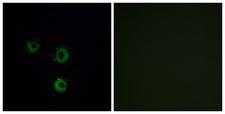
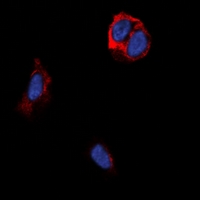
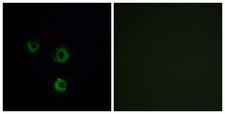
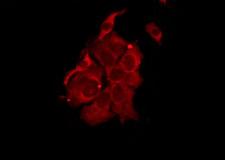
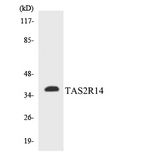
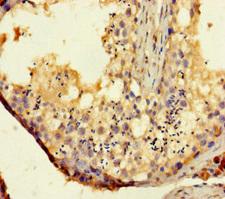

If you do not find the reagent or information you require, please contact Customer.Support@LSBio.com to inquire about additional products in development.










